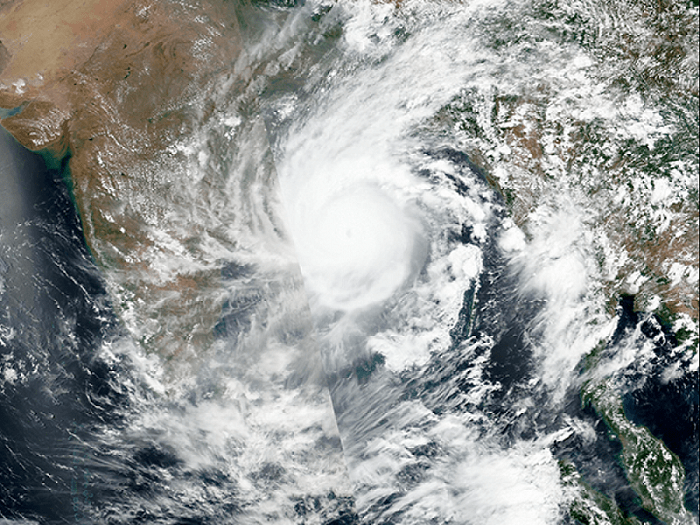Tropical Cyclone Niwar may make landfall in southeast India on the afternoon of the 25th
According to the Indian Meteorological Department, the upcoming tropical cyclone Nivar may be a very severe cyclone storm, which will be further strengthened late on November 25, with winds of 120 to 130 kilometers per hour and instantaneous winds of 145 kilometers. Tropical Cyclone Niwar is expected to make landfall between Karakal and Mahabalipuram in Tamil Nadu on the evening of the 25th.

Starting from the 24th, Andhra Pradesh, India, has asked relevant personnel to maintain high alert and take all necessary precautions. Nearly 1,200 National Disaster Relief Force relief personnel have been deployed in Tamil Nadu, Andhra Pradesh and local governance areas, and another 800 people are on standby.
Tropical Cyclone Niwar may move northwestward after the 25th, passing through the northern coast of Tamil Nadu and southern Andhra Pradesh. After sweeping through Chennai and other places, the cyclone will bring heavy rains to the relevant areas.
UPDATED: 26NOV2020
Tropical Storm “Titi” weakened, affecting about 180,000 people.
Turkish Anadolu News Agency reported that the power gradually weakened after Tropical Storm Gati landed in Somalia, a country in the Horn of Africa, causing huge damage.
In northern Somalia, roads and houses are still flooded, and heavy rains damaged infrastructure and caused huge damage. So far, at least eight people have died and hundreds of thousands of people have been displaced.

According to a report released on November 25th, United Nations local time, according to data from Bountland, “Titi” has affected about 180,000 people, including fishermen, herdsmen, farmers and other vulnerable groups.
Because of the destruction of a large amount of infrastructure and the impassable road, the agencies providing humanitarian assistance also face challenges.
Dr. John Recha, a climate change, agriculture and food security scientist in Nairobi, the capital of Kenya, said that the main cause of the tropical storm in Somalia is climate change.



